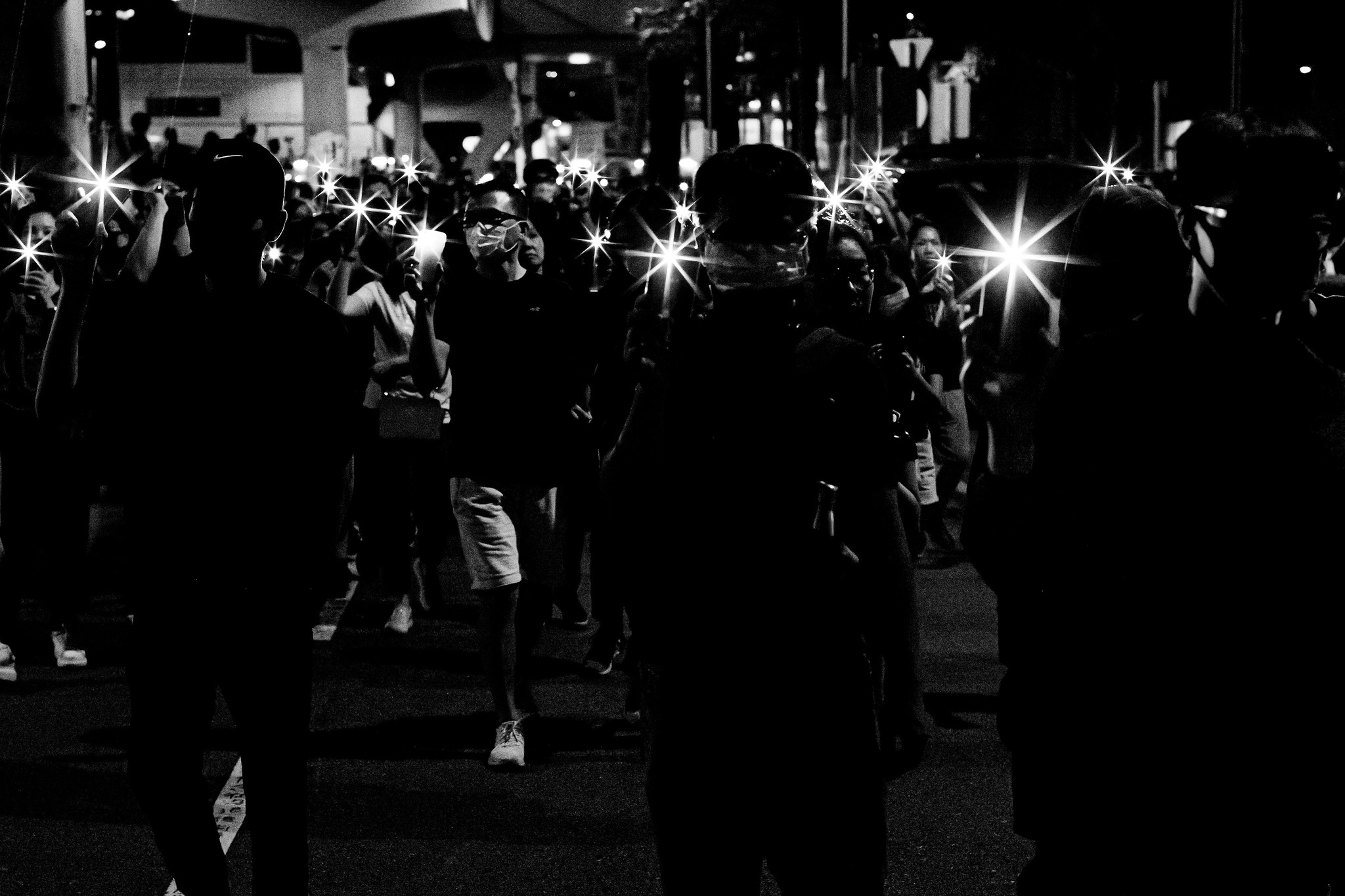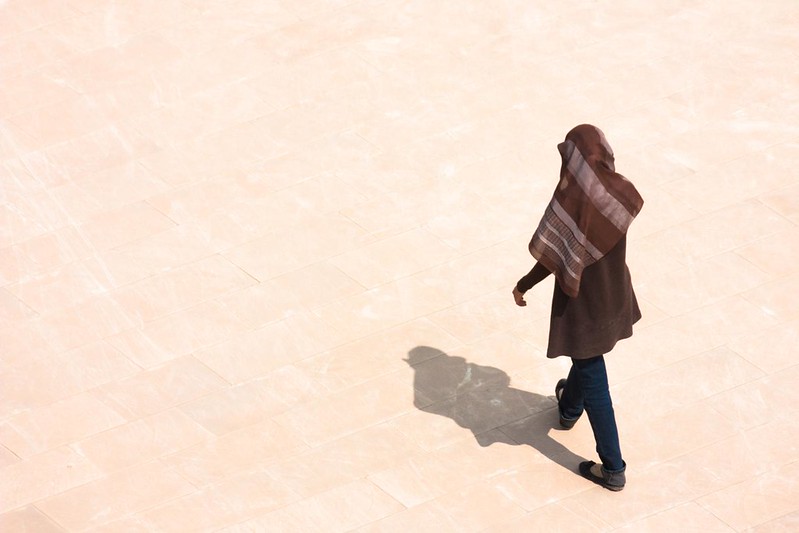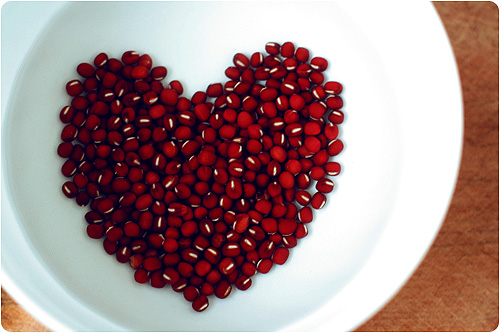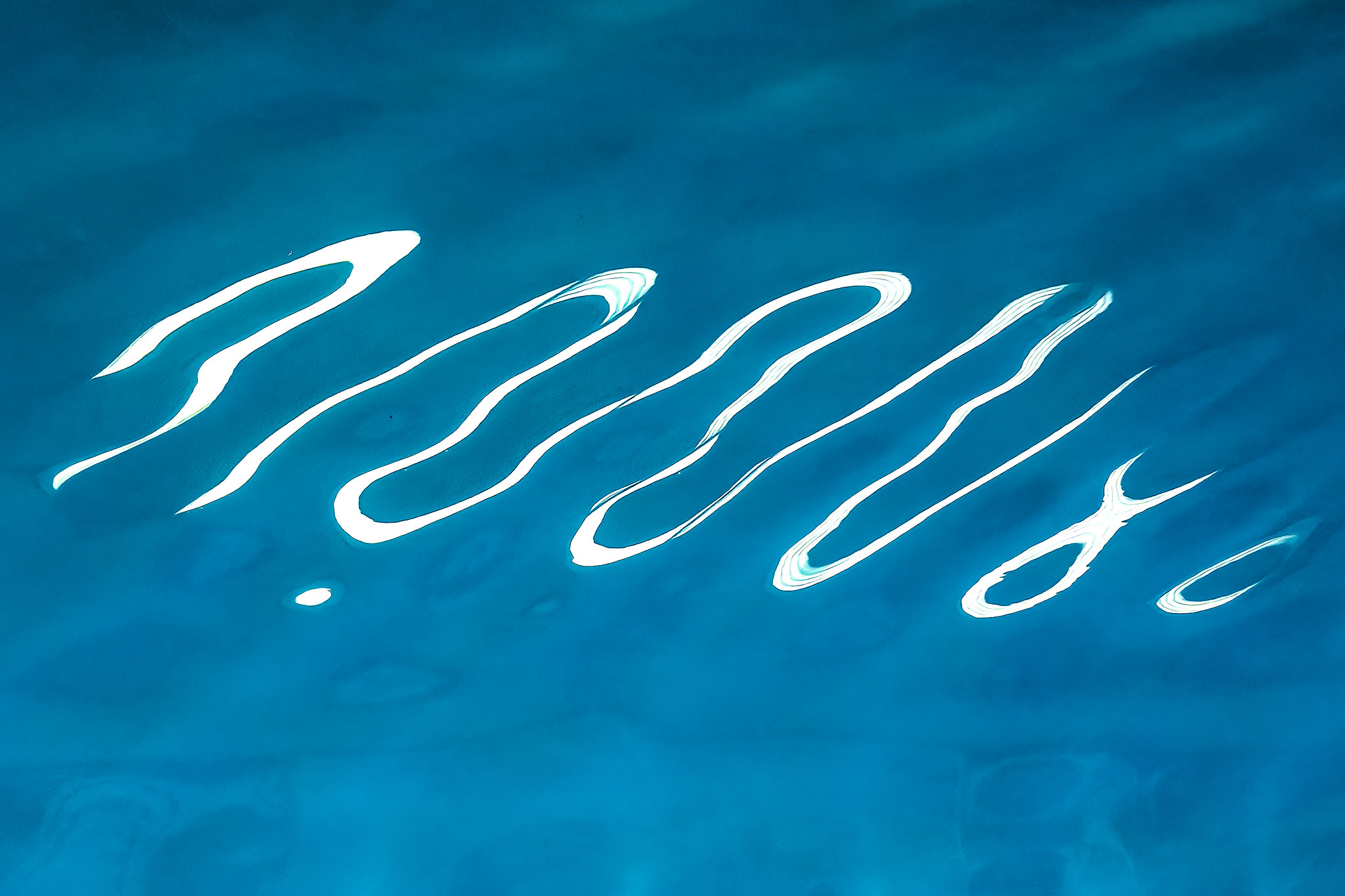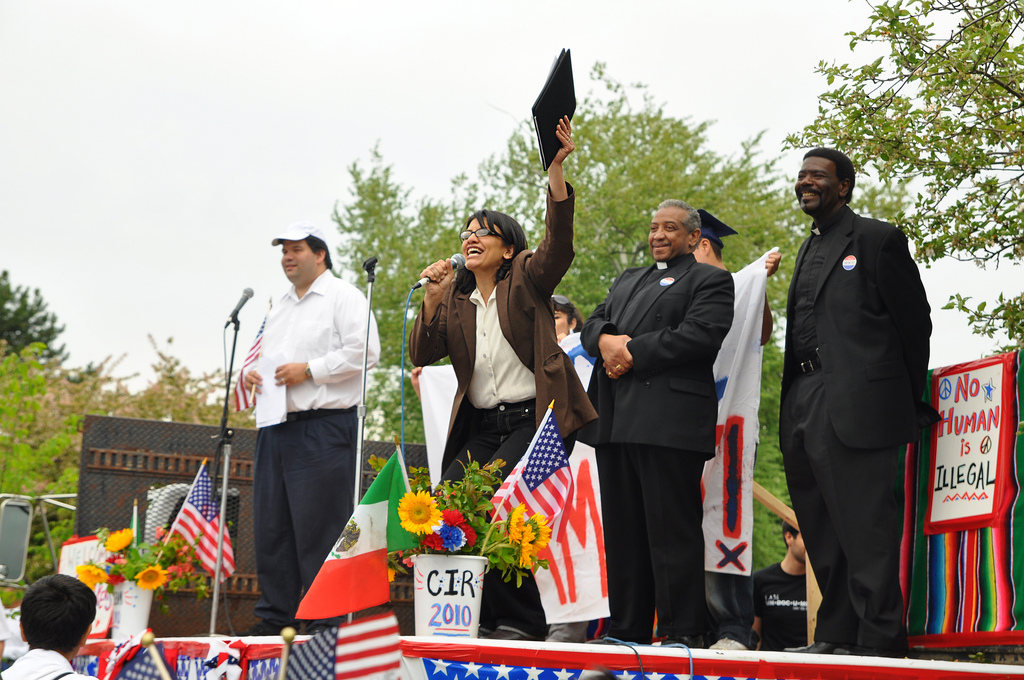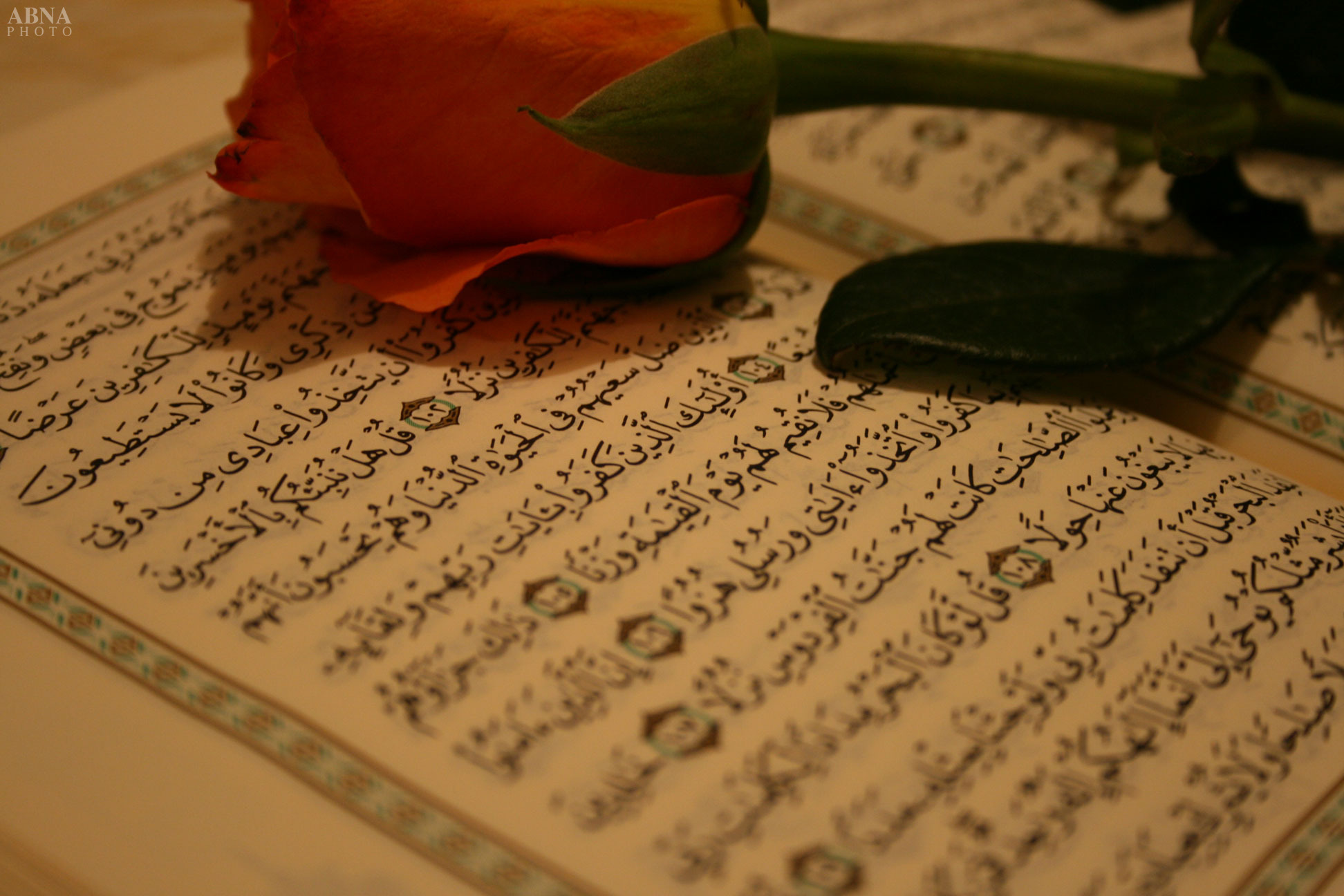Anyone who’s heard of Jessica Simpson knows that she’s not portrayed in the best manner when it comes to the media. Criticisms about her weight and failed relationships are constantly on top of entertainment news. For this reason, Jessica Simpson now has her own show on VH1, called The Price of Beauty, where she travels around the world to experience different cultures and understand the true meaning of beauty. In the most recent episode, Jessica traveled to Morocco, where she became familiar with the Moroccan jalaba and tea tray dancing, among other things.
Anyone who’s heard of Jessica Simpson knows that she’s not portrayed in the best manner when it comes to the media. Criticisms about her weight and failed relationships are constantly on top of entertainment news. For this reason, Jessica Simpson now has her own show on VH1, called The Price of Beauty, where she travels around the world to experience different cultures and understand the true meaning of beauty. In the most recent episode, Jessica traveled to Morocco, where she became familiar with the Moroccan jalaba and tea tray dancing, among other things.
The beauty ambassador for Morocco, Khansa Batma, briefly discussed the Moroccan standard of beauty (video below the jump). She says that beauty isn’t what one chooses to wear, but rather the way that person carries her/him self. She also makes the point that revealing more skin isn’t always considered beautiful in Morocco. Despite this very brief explanation, more time should have been spent over this discussion. Khansa says that the beauty of women who wear the niqab comes from their eyes, and that’s how they seduce people. I wouldn’t think any woman that wears the niqab is worried about seducing anyone with her eyes. That would actually defy the whole modesty that comes with covering up. The show definitely failed to showcase this point.
In the show, we see Moroccan women dressed in all kinds of ways. There are women who choose to wear the headscarves and/or niqabs, and those that choose to wear neither. That’s why it surprised me when one of the Moroccan women, Laila, criticized Jessica for wearing shorts when meeting with them. Jessica balked at the criticism because Laila does not wear a headscarf and was wearing a low-cut top (in the video below, it’s toward the end of the 10 .
Several people think that in places like Morocco, Islam determines beauty. However, we see in The Price of Beauty that Moroccan culture plays a large role in deciding what beauty is. Although dressing modestly is considered beautiful in Morocco, the choice of dress still exists, which explains the difference in the way the three generations of Moroccan women were dressed.
Jessica and her friends, CaCee and Ken, all seemed surprised at their visit to Morocco. CaCee says at one point that before coming to Morocco, everyone told her to cover up in order to be respectful. They found that Moroccan women are nothing like they expected. Like Khansa said, despite what you wear, “it’s about how you act.”
My favorite part of the episode was the ending. It showed Jessica and her friend CaCee dressed in modest Moroccan clothes, and the belly dancers wearing typical belly dancing outfits. Oh, the irony! Even though the show is only thirty minutes long, there wasn’t enough of a focus point. It felt as if bits and pieces of Moroccan culture were being showcased without proper explanations.
The Price of Beauty is a show for women. Every society has its own standards for beauty. Unfortunately, women are usually the ones pressured the most to live up to these standards. That’s why this show is one of those things that are supposed to unite all women, and showcase the wide range of beauty in the world. Obviously, Jessica Simpson started the whole show for this reason: to make sure that no woman judges another one based on her appearance. She says herself in the same episode that “everybody’s idea of beauty is very different.” So whether our idea of beauty is brought on by culture or religion, no one has the right to determine another person’s way of dress. With bans on headscarves and veils popping up almost everywhere, perhaps this is a lesson that we can benefit from.
Ruqia Osman is a contributor to Muslimah Media Watch, where this piece was originally published.




